
Hammeken Cellars and VDLT Castilla
Phoenicians brought the vine to these lands. Romans spread it throughout the peninsula. Today, its role is prominent in La Mancha's local culture.
Some varietals are Macabeo, Verdejo, Garnacha and Bobal.
But there are two protagonists. Let's take a look at them.
Did You Know?
Most vineyards are planted with White Airén and the local Tempranillo, also known as Cencibel.
An important part of White Airén is vinified as a base wine for Spanish brandy production.
About 50% of the vineyards are rainfed and crown pruned.
VDLT Castilla: Different Soils And A Extreme Climate
VDLT Castilla covers all municipalities in Castilla La Mancha. The vineyards are located on plains and gentle slopes, at 500-750 meters above sea level.
The variety of soils is wide, but the custom is to plant the vines in poor soils with low water retention capacity.
A Few Figures
400.000 has
Of vineyards.
Castilla La Mancha is the largest wine region in the world.
300 - 400 mm
Annual rainfall.
Droughts are common on a yearly basis. In order to take advantage of the water, vine density is low.
From 45ºC to -15ºC
With an extreme continental climate, annual highs and lows can differ by as much as 60º.
And The Outcome
The soil and climate characteristics of Castilla La Mancha condition the exceptionally low yields of the area.
As a result, grapes concentrate their aromas and flavors with remarkable intensity.
Not too bad for wine production.
A Wine Option For Every Taste
-
 VDLT CastillaWhite wine
VDLT CastillaWhite wine -

Tempranillo
VDLT CastillaRed wine -

ORANGE WINE
VDLT CastillaOrange Wine Organic Wine -

Verdejo
VDLT CastillaWhite wine -

MARCONA CHARDONNAY
VDLT CastillaWhite wine -

Rose
VDLT CastillaRosé wine -
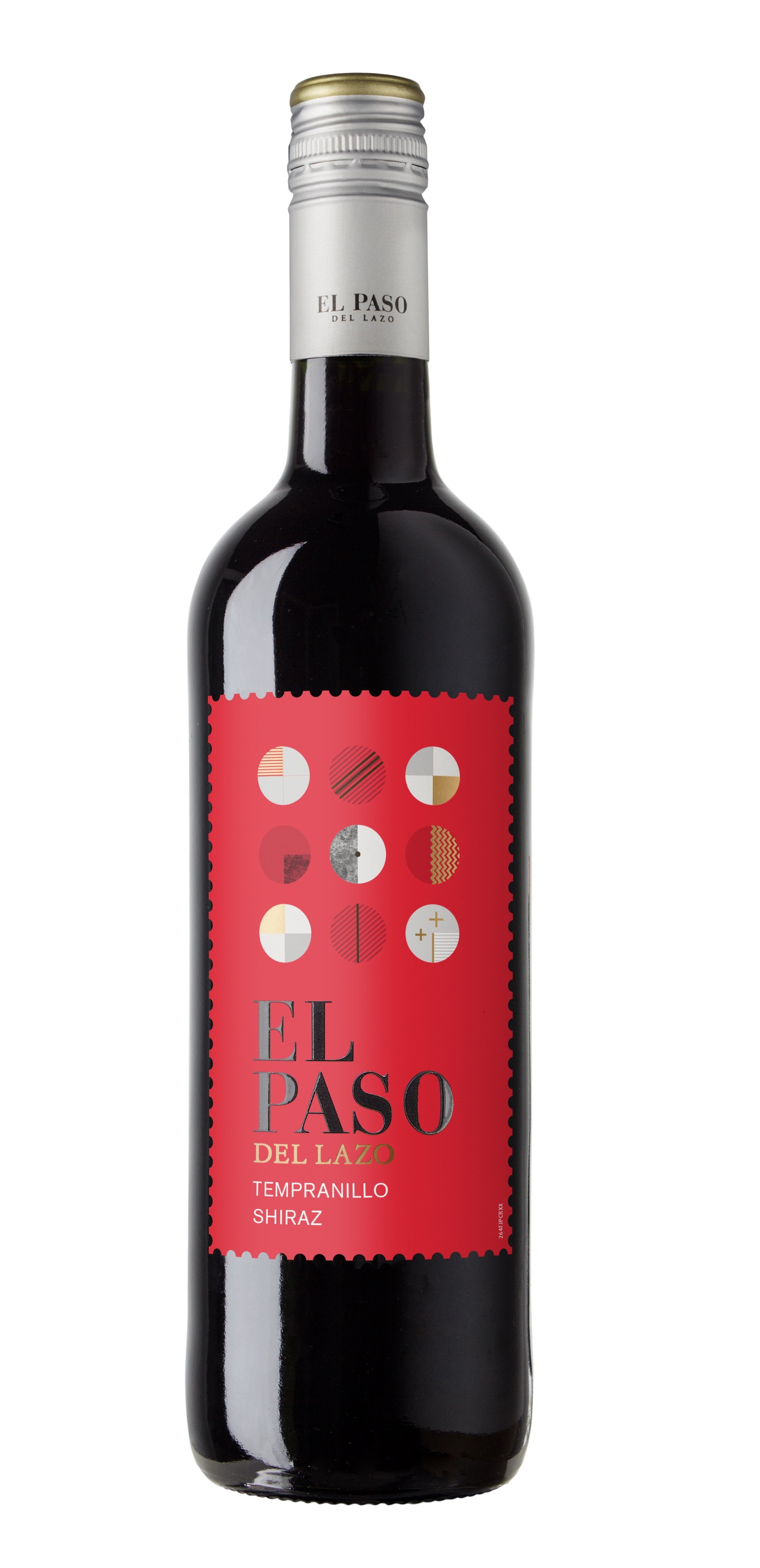
Tempranillo-Shiraz (JP)
VDLT CastillaRed wine -

VERDEJO - VIURA (JP)
VDLT CastillaWhite wine -
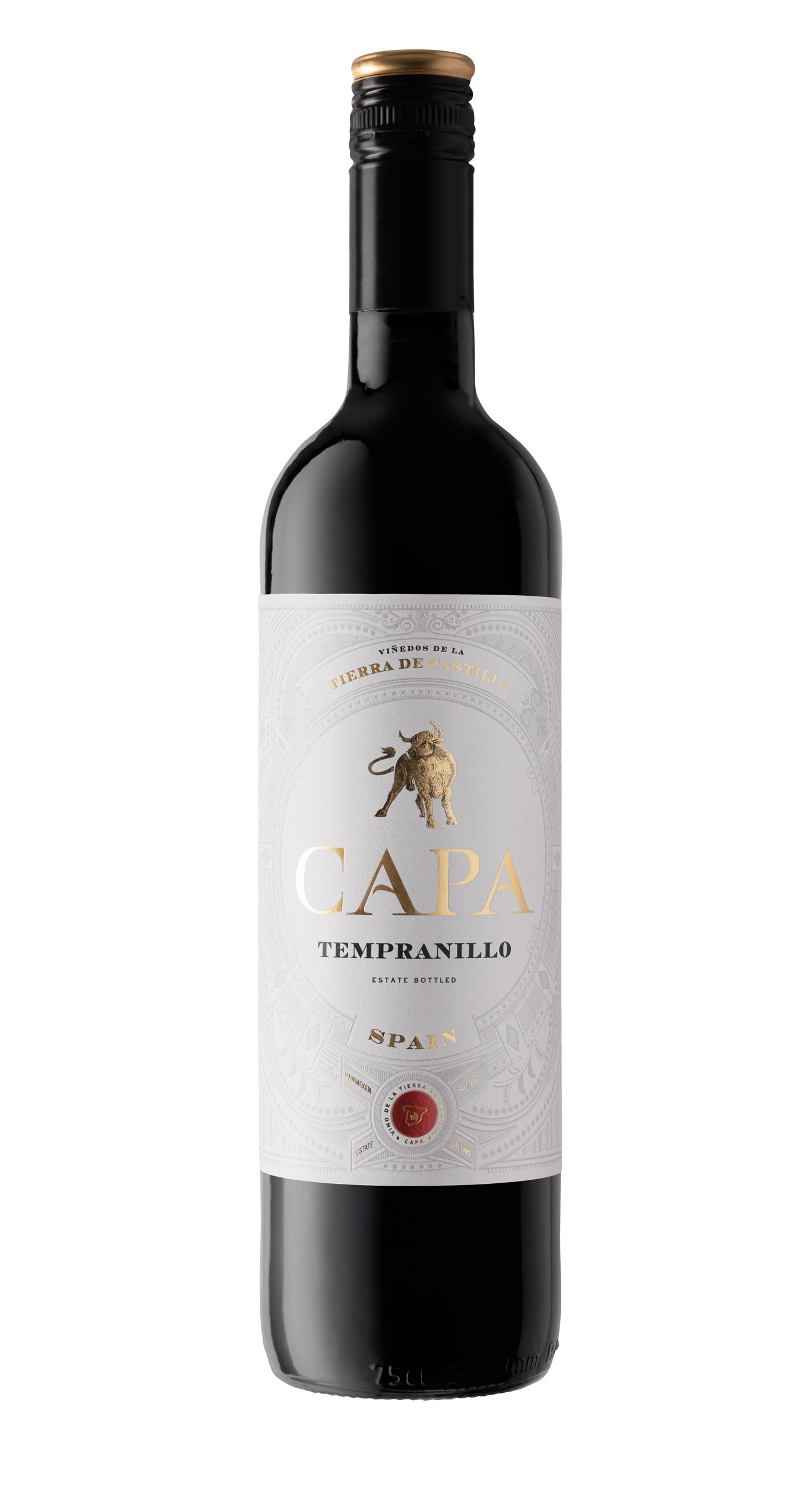
Tempranillo
VDLT CastillaRed wine -
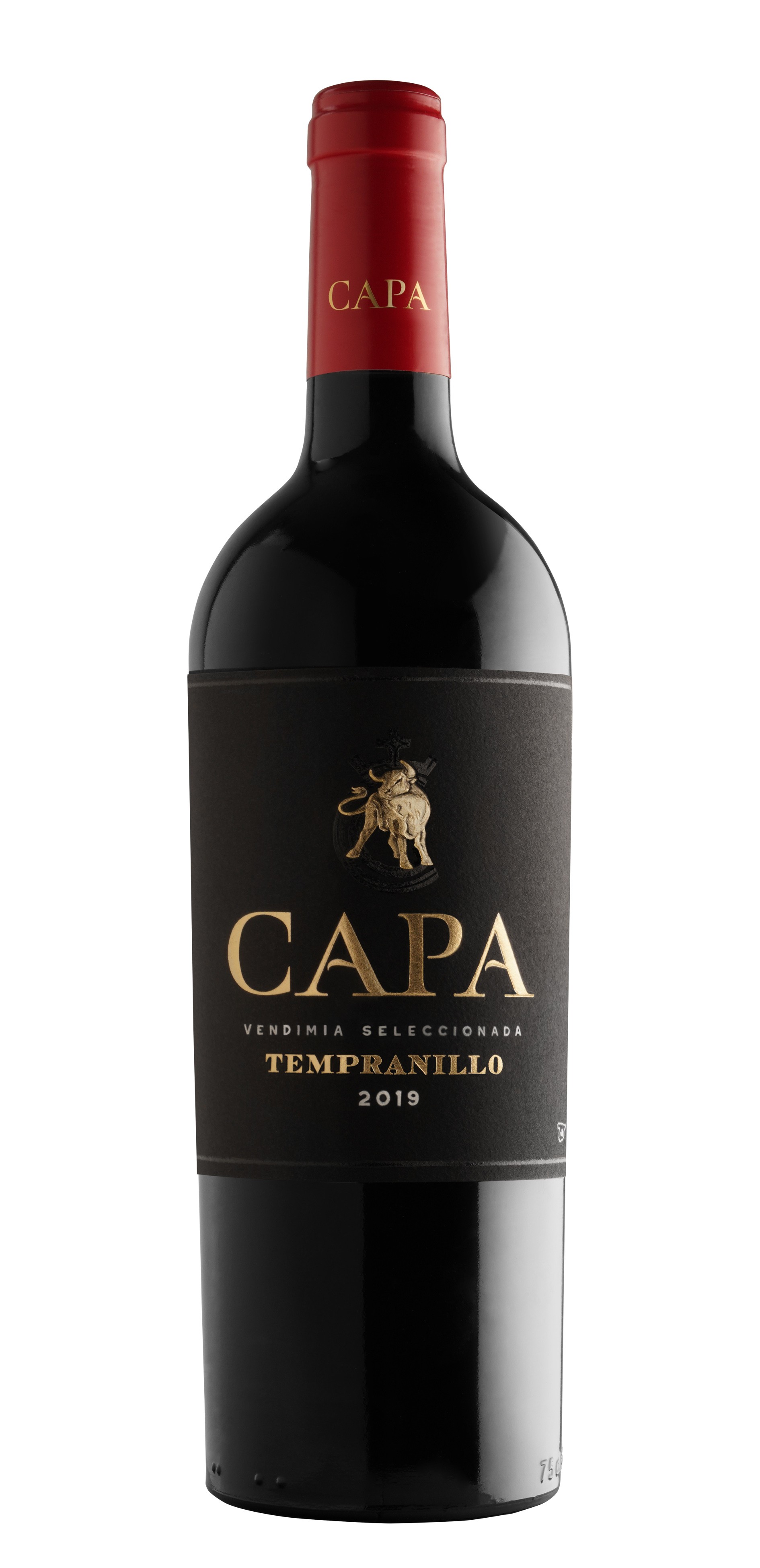
Vendimia Seleccionada
VDLT CastillaRed wine -
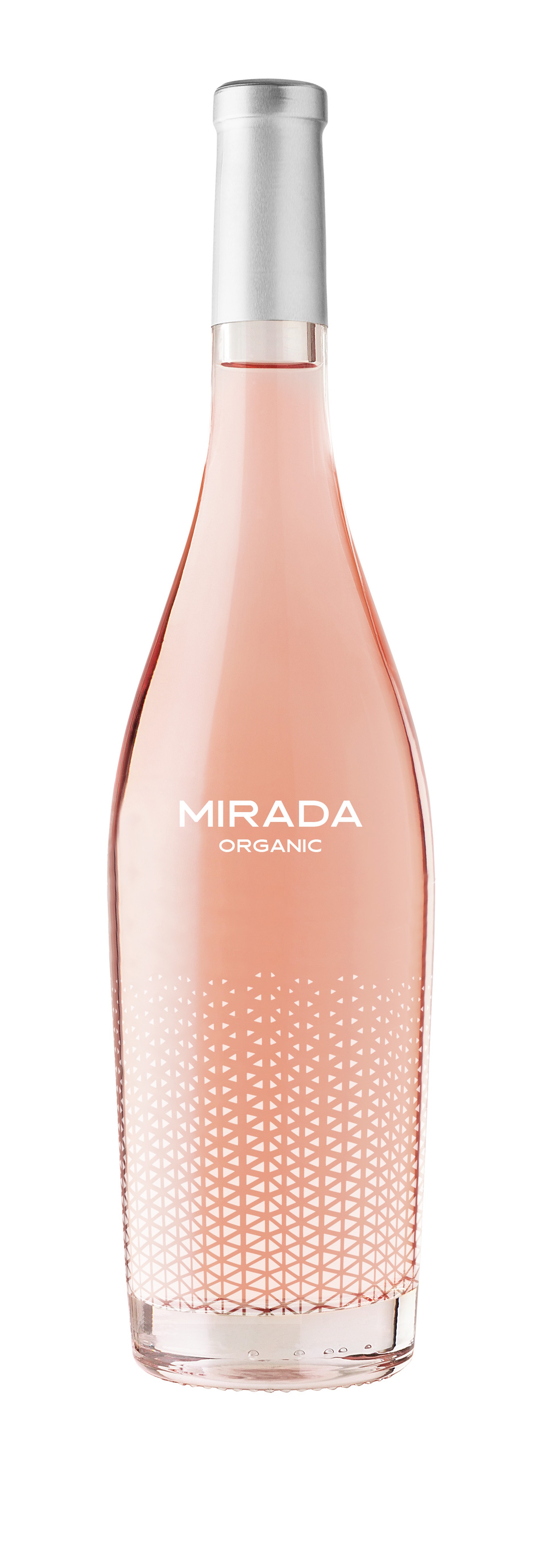
Organic Rosé
VDLT CastillaRosé wine Organic Wine -
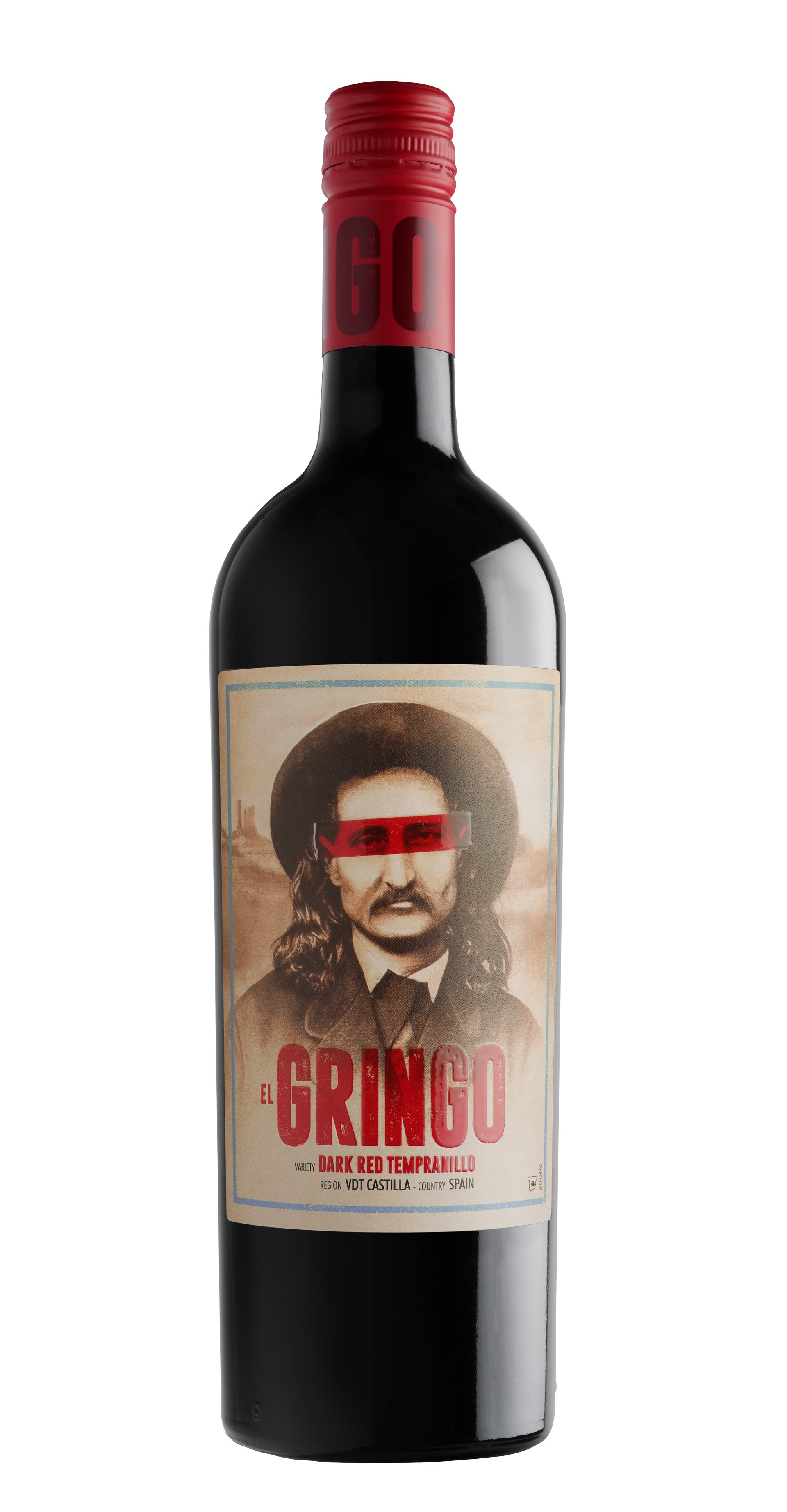
Dark Red Tempranillo
VDLT CastillaRed wine -

Verdejo - Viura
VDLT CastillaWhite wine -

Rosé
VDLT CastillaRosé wine -
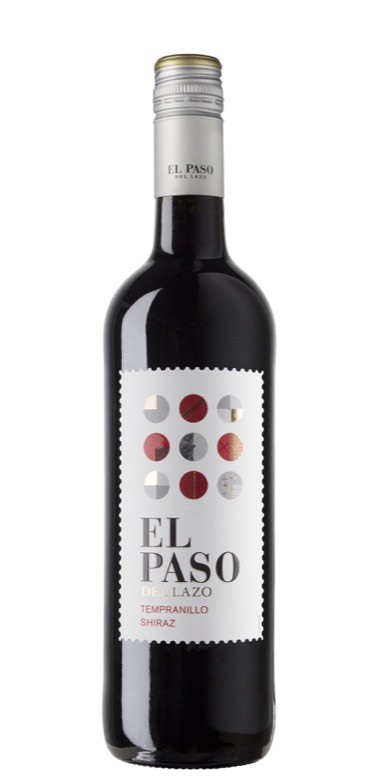
Tempranillo - Shiraz
VDLT CastillaRed wine -
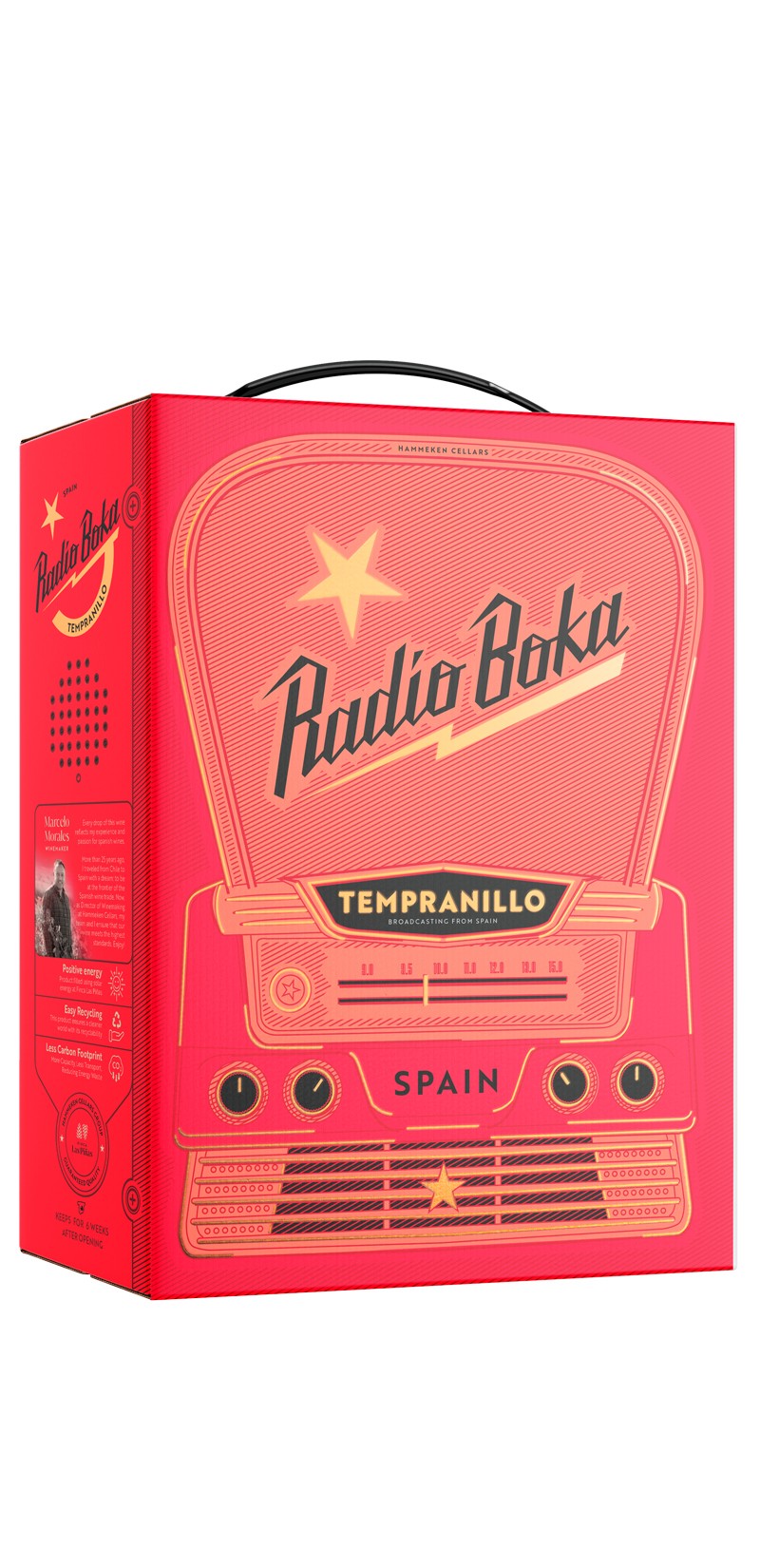
Tempranillo BiB
VDLT CastillaRed wine -
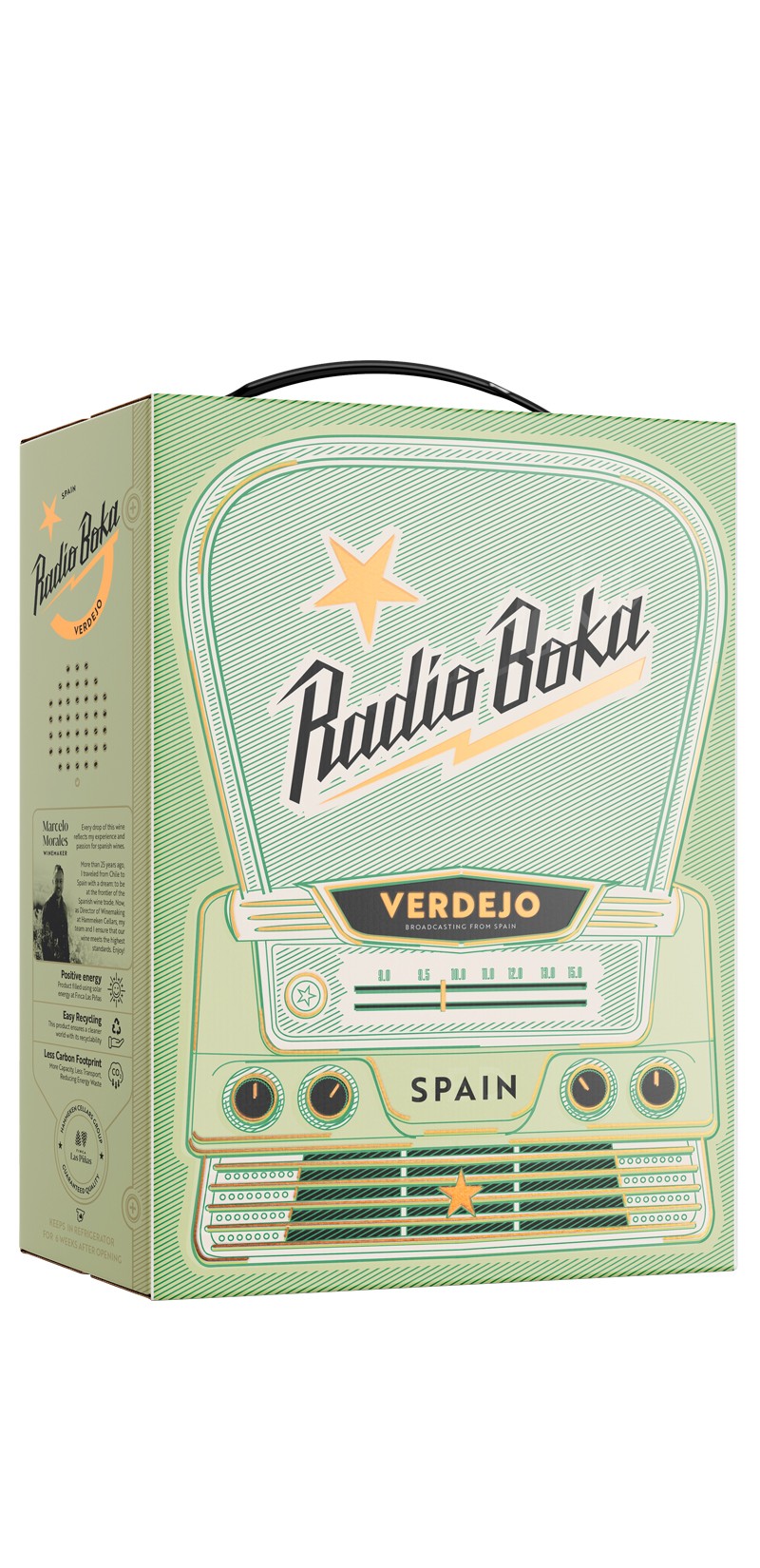
Verdejo BiB
VDLT CastillaWhite wine -
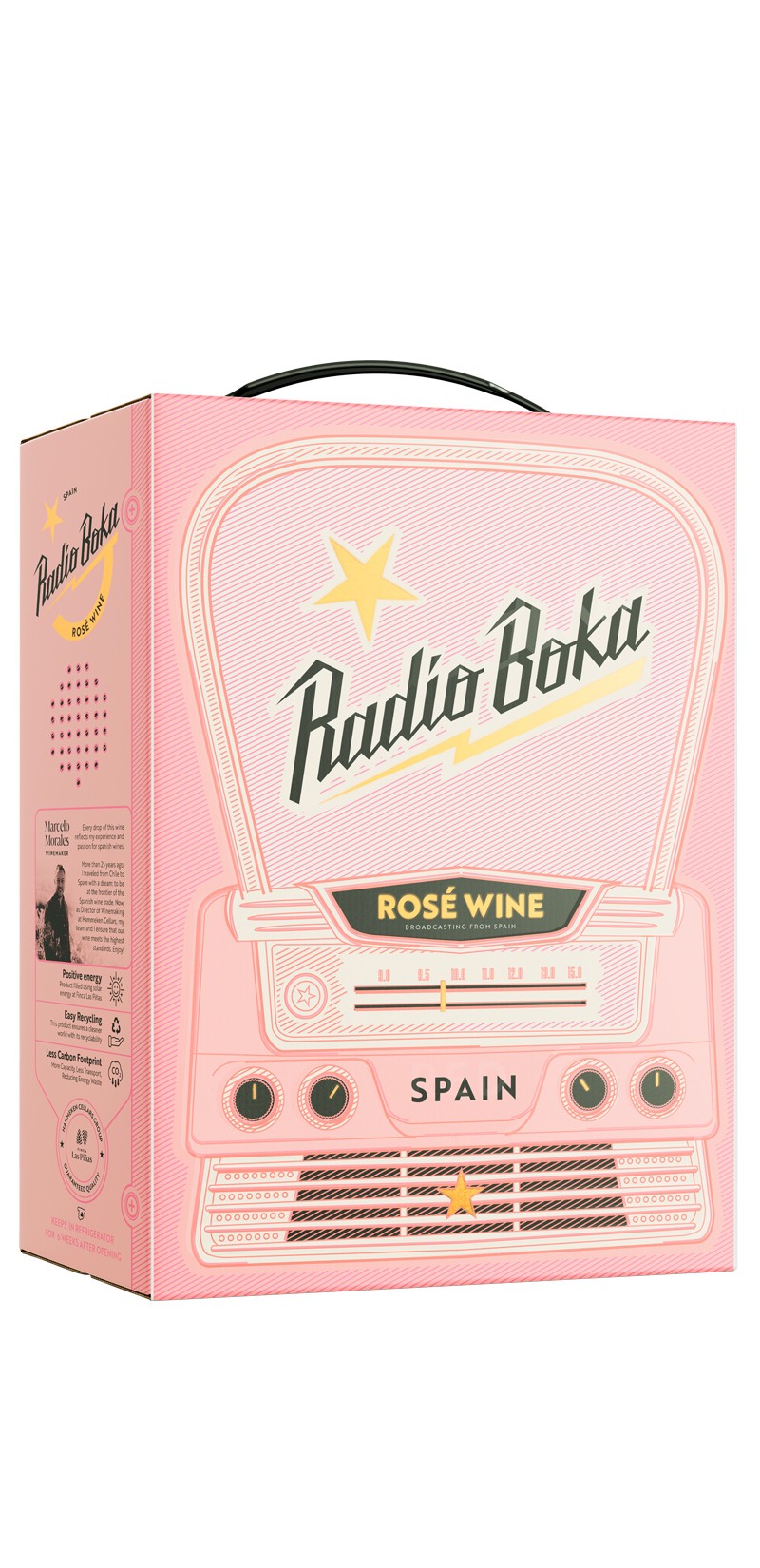
Rosé BiB
VDLT CastillaRosé wine -

Tempranillo Vendimia Seleccionada
VDLT CastillaRed wine -

Chardonnay Slighty Oaked
VDLT CastillaWhite wine -

ROSÉ
VDLT CastillaRosé wine